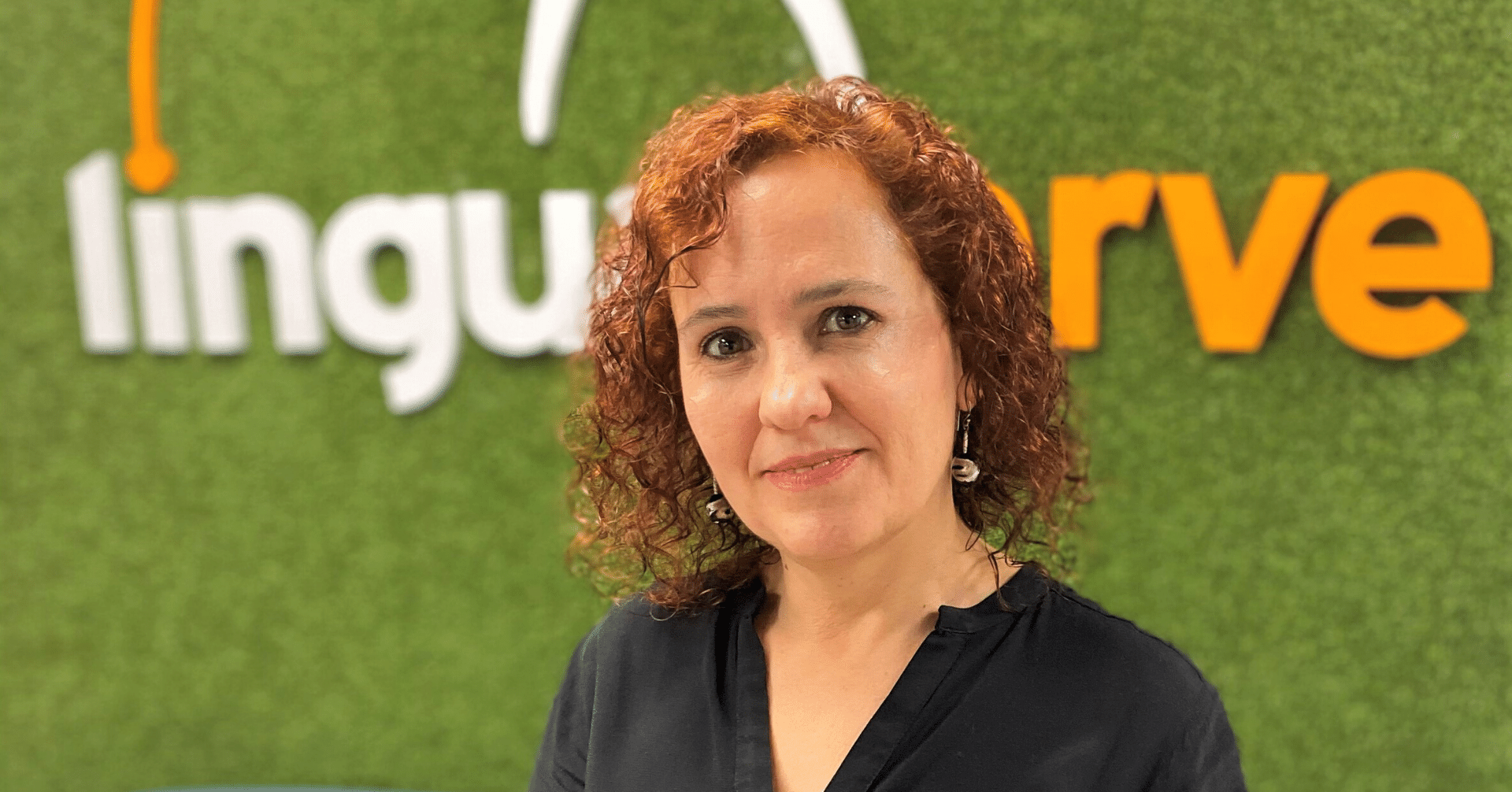This improved quality, as well as lower costs due to automation, mean many companies are considering making use of this form of translation.
Our expert in MT, Almudena Ballester Carrillo, gives us an in-depth look at the benefits of using this technique:
WHAT IS PROFESSIONAL MACHINE TRANSLATION?
Professional machine translation does not use a single technology or tool to produce quality machine translations, rather it searches for the best option depending on the needs of the client, the languages in question, and the field of activity. In this sense, it entails performing a comprehensive analysis of the translation request and employing the expansive knowledge of the available systems and tools.
On the other hand, no machine translation is left “as is” after leaving the machine—rather it is submitted for post-editing and review by professional translators and managers specializing in the use of these techniques.
WHAT TYPES OF MT ARE ON THE MARKET?
At the moment there are three main types:
- Rule-based machine translation systems (RBMT), or first-generation MT
- Statistical machine translation systems (SMT)
- Neural machine translation systems (NMT)
There are also hybrid systems, which combine two of the approaches mentioned above. For example, the neural engines that use a set of rules to sharpen the results in certain languages.
WHAT ARE THE MAIN DIFFERENCES?
Rule-based systems, in their different versions, are based on linguistic analysis. The different formal and grammatical layers of each language are codified for rules and sets of words. The result tends to be literal, but they work well between languages from the same family (e.g. Spanish and Catalan).
Statistical systems take advantage of the increase in available resources in different languages: the so-called bilingual or parallel corpora. They work by extracting information from thousands of examples — usually sentence-based — and using algorithms to determine the most likely translation based on statistics. They are suitable when the textual universe is restricted and the vocabulary is specialized, as they are quite accurate with terminology.
Neural systems are the latest advancement in MT. They use artificial intelligence (machine learning) to deduce relationships between words based on, as before, hundreds of thousands of bilingual texts, with the difference that they are capable of inferring translations even if they do not exist in the training corpora. They tend to produce more natural results.
At Linguaserve, we use all of these tools, with a special emphasis on specialized neural and statistical engines; in other words, they are trained with revised and selected materials to guarantee greater precision and adaptation to the client's style and language.
HOW IS MACHINE TRANSLATION APPLIED?
Texts that are sent for translation are first put through a translation memory to take advantage of stored and revised translations. Any content for which it does not find a sufficient match in the memory is sent to the chosen machine translation engine. In addition, lists of non-translatable words and specific glossaries are used to sharpen the machine's results. This translated task is sent to specialized translators who correct any possible errors made by the machine — for example, the word order or vocabulary — so that it matches the client’s particular style. Lastly, managers ensure that no segment has been overlooked during revision and carry out automated controls for an optimum result.
DOES IT REQUIRE HUMAN INTERVENTION?
Yes. Professional machine translation needs human post-editing in nearly all cases. This process also guarantees that the translated text is faithful to the source text. However, this does not mean that the process is slower or less efficient; on the contrary, machine translation, when done well, saves the translator a lot of effort and saves on resources. Often times, the human touch is light and consists of an automated control of key words. In other cases, it implies heavier corrective actions. Nevertheless, in any case, using controlled machine translation will always make it possible to assume greater volumes of text and reduce waiting times, which translates into a clear increase in overall productivity and text quality.
WHAT TYPES OF TEXTS ARE SUITABLE FOR THIS TECHNIQUE?
Machine translation has progressed so much that it would be better to list the types of text that are not suitable for translation by a machine. In general, we do not recommend using MT for texts with a large amount of creative content: word play, metaphorical language, and, in general, if the text abandons common semantics or has a complex structure. In this sense, for now, it is not recommended for literature, advertising slogans, or spoken language. On the other hand, it is ideal for informative and technical texts. In any case, it is most important to properly evaluate the source text before deciding to use machine translation and, subsequently, which system to use.







